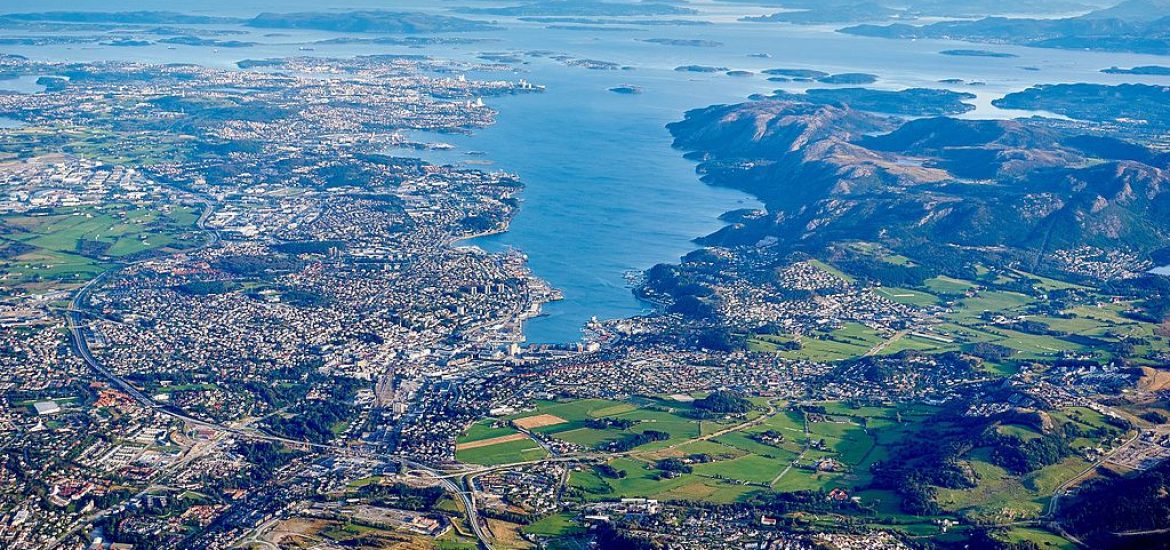
Norway’s oil and gas giant Equinor says that since 2011 it has cut carbon dioxide emissions from its logistical operations on the Norwegian continental shelf by 600,000 tonnes.
The figure includes emissions from helicopters and vessels used for supply, emergency response, rig moves and storage and roughly equates to the annual emissions from all Oslo’s cars.
The company has identified the use of shore power as one of several measures which can reduce carbon dioxide emissions in its logistics operations.
It says it plans to reduce emissions by 50 per cent by 2030.
NorSea on January 18 opened a shore-to-ship power supply station at the Dusavik base near Stavanger (pictured), the latest in a string of supply bases where vessels on Equinor contracts are offered environmentally friendly shore power while at berth and charging their batteries.
An increasing number of ships contracted by Equinor have hybrid battery propulsion.
In addition to Dusavik, shore power supply centres have been installed at stations at Mongstad in Hordaland, Florø in Sogn og Fjordane, Kristiansund in Møre og Romsdal and Hammerfest in Finnmark during the previous 12 months.
Thirteen supply ships on long-term contracts with Equinor have installed shore power systems on board, and five more boats will be prepared for shore power supply this year, the Norwegian giant said.
Philippe Mathieu, head of Equinor’s supplies division, said: “We need broad cooperation if we are to reduce emissions from our supply chain. Equinor plays a key role in this effort, as we have many suppliers who must be team players if we are to cut emissions. We influence operations by our management of day-to-day activities, commercially by rewarding low emissions in contracts and strategically by supporting a business that utilises vessels, vehicles and helicopters in a proper way,” he said.
Total emissions have been cut by 37 per cent, while emissions adjusted for reduced activity have been sliced by 26 per cent, according to the firm, formally known as Statoil.
“We have an ambition of moving all vessels on a long-term contract with us to shore power because we have seen that it is an efficient tool for reducing emissions. We note that shipowners, crews, base companies and authorities are strongly committed and willing to prepare for operation and infrastructure that will help reduce emissions,” said Mathieu.
Stavanger. Equinor is targeting onshore support as a means to cut emissions. Picture credit: YouTube





